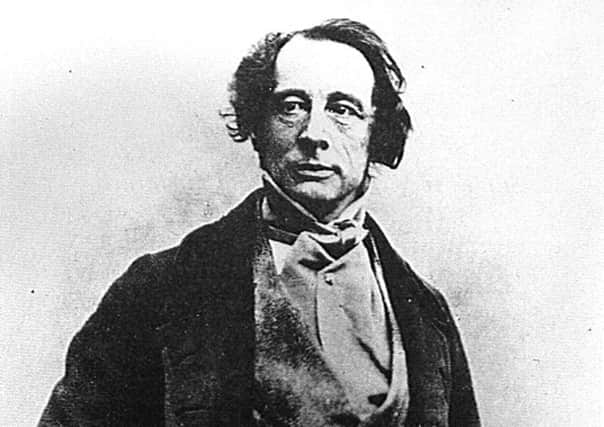Records show bad apples in our family trees


Almost two million new records are now available, charting more than 150 years of crime and punishment in England and Wales.
The records reveal a very different criminal justice system, when a death sentence was seen as a fitting punishment for forging money and public executions were the norm.
Advertisement
Hide AdAdvertisement
Hide AdGenealogy website Findmypast.com teamed up with the National Archives to digitise records from 1779 to 1936.
New details about the case which provided the inspiration for a character in Charles Dickens’ Bleak House are uncovered among the records.
Pleas for the lives of Maria Manning and her husband Frank to be spared after they are sentenced to death for killing Maria’s lover, Patrick O’Conner, are revealed.
They fell on deaf ears, with the couple hanged in front of a crowd which included Dickens in London in 1849.
Advertisement
Hide AdAdvertisement
Hide AdThe author’s horror at seeing the execution motivated him to campaign against the death penalty and write the character of Mademoiselle Hortense.
Other records tell the stories of notorious figures including arsenic poisoner Mary Ann Cotton, “efficient” executioner William Calcraft and John Bellingham, who was responsible for the only assassination of a prime minister in Britain’s history.
The records show Bellingham, who killed Spencer Perceval, was thought a martyr by some.